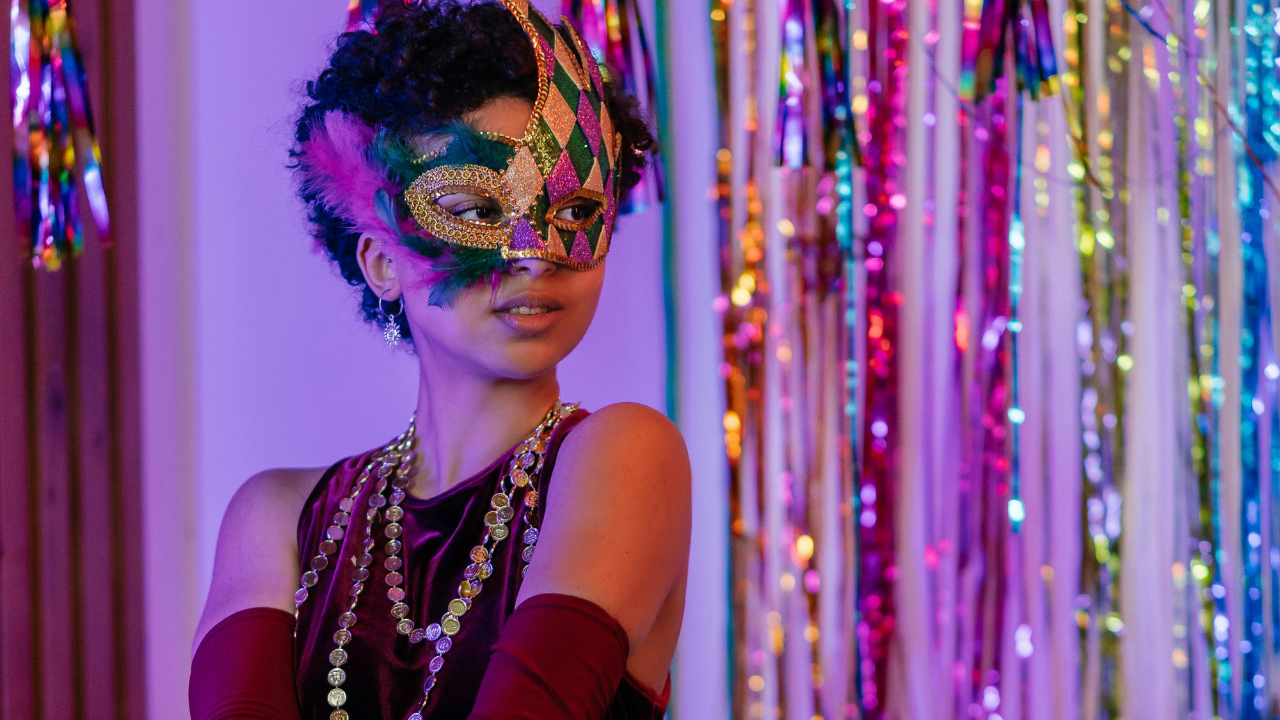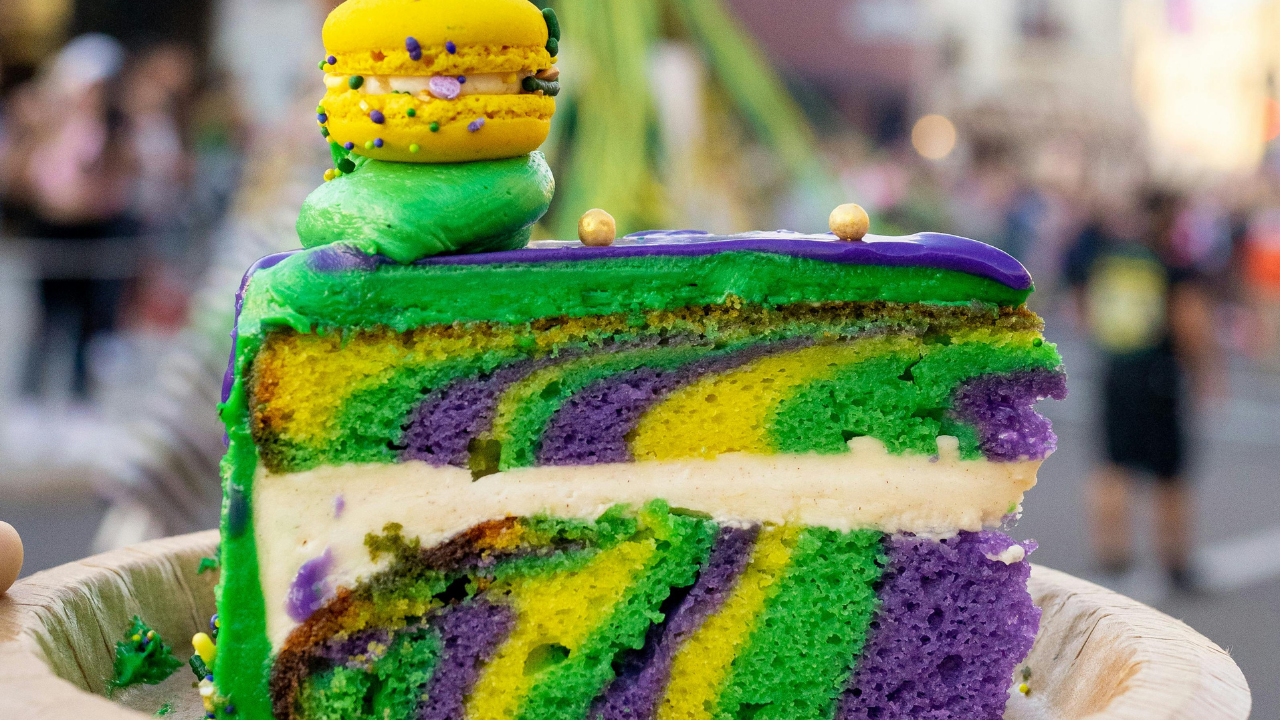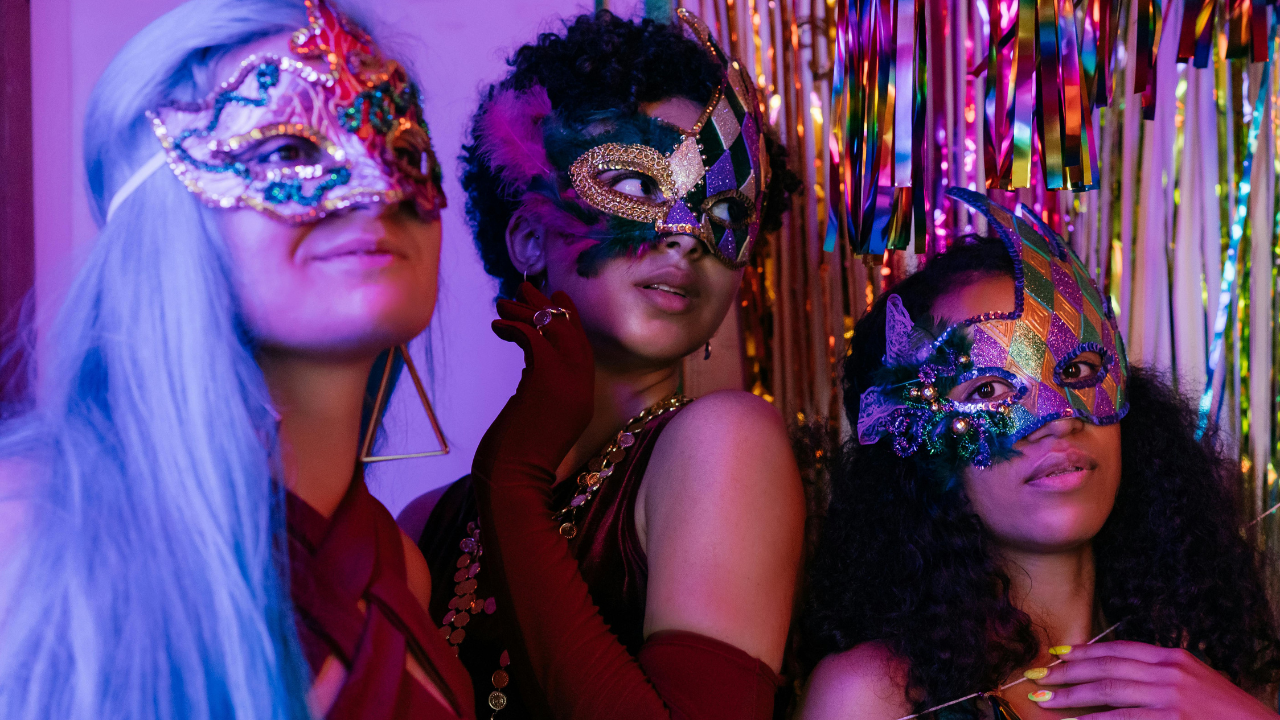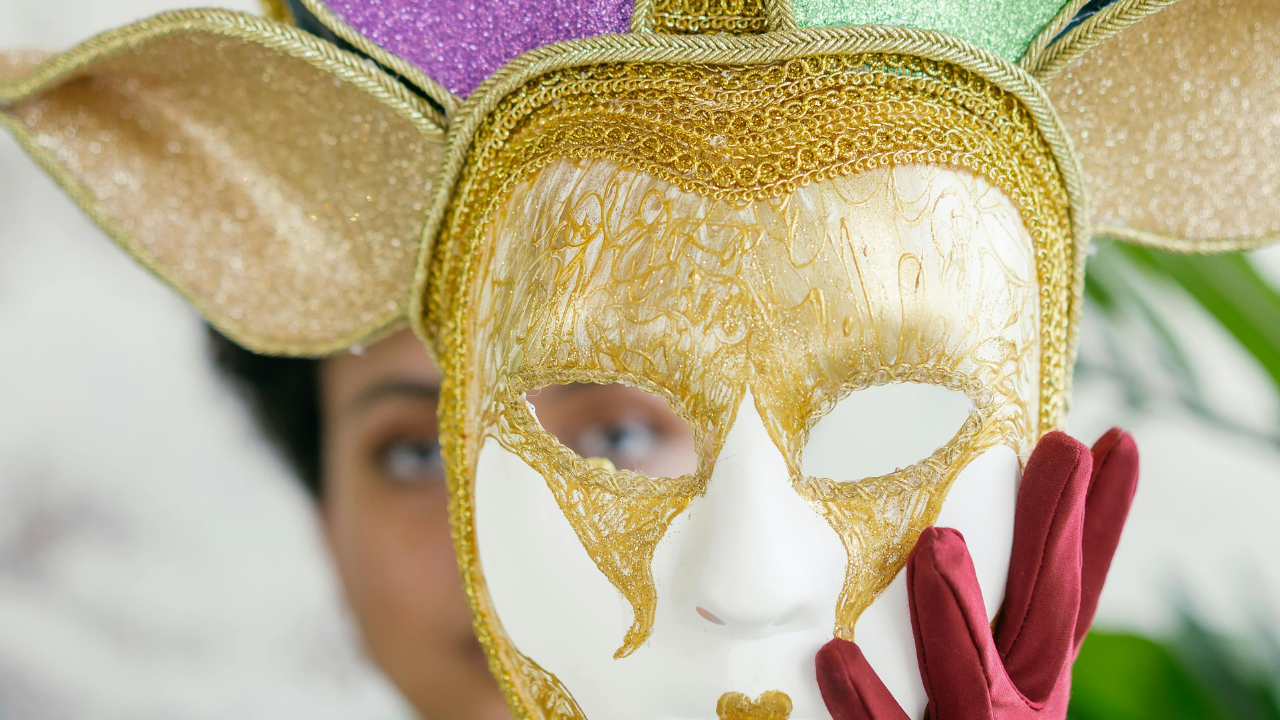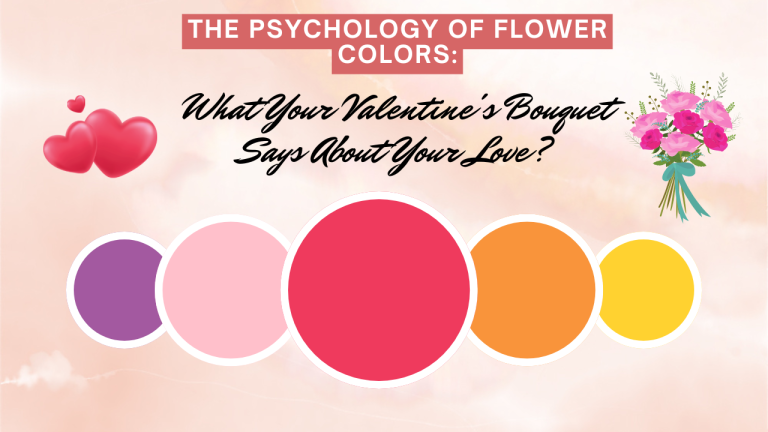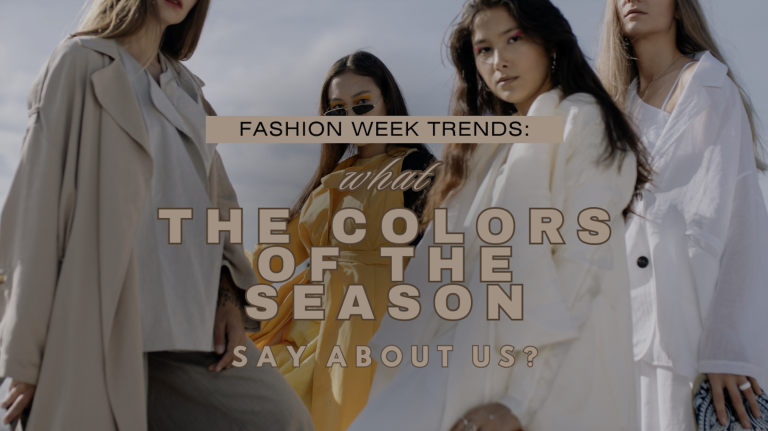When Mardi Gras season rolls around, the streets of New Orleans burst into a sea of purple, green, and gold. These vibrant colors appear everywhere: on beads thrown from balconies, in the frosting of king cakes, across parade floats, and in the masks and costumes of revelers. But have you ever wondered why these specific colors dominate the celebrations? Let’s explore the fascinating history and psychology behind the traditional Mardi Gras colors.
The Origin of Mardi Gras Colors
The traditional Mardi Gras colors didn’t appear by accident. Their official selection goes back to the late 19th century, specifically to 1872. That year, when the Rex parade—one of New Orleans’ most famous Carnival processions—was preparing for its debut, the “King of Carnival” (known simply as “Rex”) made a proclamation that would forever change the visual identity of Mardi Gras.
The Rex organization, founded in 1872, sought to bring order and meaning to the growing Carnival celebrations. In their first parade, Rex issued a proclamation that established purple, green, and gold as the official colors of Mardi Gras. These weren’t just random color choices—they were selected with symbolic meaning in mind.
The Symbolism of Mardi Gras Colors
According to historians of New Orleans traditions, Rex assigned specific meanings to each color:
- Purple represents justice
- Green represents faith
- Gold represents power
Some scholars suggest these meanings have roots in the Catholic traditions that shaped early Mardi Gras celebrations. As the final festivity before Lent—a 40-day period of fasting and reflection in the Catholic calendar—the Carnival colors carry deeper symbolic weight.
The purple connects to ideas of penance and preparation, aligning with Lent’s spiritual purpose. Green symbolizes growth and renewal, while gold represents the reward that comes through faith and sacrifice.
Royal Connections to Purple
Purple’s association with royalty dates back thousands of years, making it an obvious choice for a celebration centered around kings and queens. In ancient times, purple dye was incredibly rare and expensive, extracted painstakingly from certain sea snails. Only the wealthiest could afford purple garments, so the color became synonymous with royalty and power.
This royal connection fits perfectly with Mardi Gras traditions, where krewes (the organizations that plan parades and balls) select kings and queens to reign over festivities. The Rex parade itself is led by the “King of Carnival,” making purple an especially appropriate color for the celebration.
French and Louisiana Influence
Louisiana’s French heritage plays a significant role in Mardi Gras traditions. The celebration itself arrived with French settlers, who brought their pre-Lenten festivities to the region. Some historians point out that the selected Mardi Gras colors might have been influenced by the French tricolor flag (blue, white, and red), though adapted to create a distinctive identity for New Orleans celebrations.
Others suggest that the color scheme might reference the House of Bourbon in France, which used purple, gold, and white. When establishing New Orleans traditions, local organizers may have replaced white with green to distinguish their celebrations from European counterparts.
Colors in Action: Beads, Decorations, and More
Today, the traditional Mardi Gras colors appear in virtually every aspect of the celebration:
Beads and Throws
The most recognizable Mardi Gras tradition might be the colorful beads thrown from parade floats and French Quarter balconies. While modern beads come in countless colors, the traditional purple, green, and gold strands remain the most coveted prizes during parades. The psychology behind these colorful gifts creates a sense of shared experience and good fortune.
King Cakes
No discussion of Mardi Gras colors would be complete without mentioning king cakes. These sweet, ring-shaped pastries are decorated with purple, green, and gold sugar, reinforcing the traditional color scheme through food. Inside each cake hides a small plastic baby figurine—whoever finds it in their slice is said to have good luck and is responsible for providing the next king cake.
The colors on the cake aren’t just decorative—they divide the cake into segments representing justice, faith, and power, allowing each person who takes a slice to symbolically share in these virtues.
Costuming and Masks
Mardi Gras celebrations invite elaborate costuming, with masks being particularly important. While creative costumes span the entire rainbow, the traditional colors remain prominent in masks, face paint, and accessories. Masking has psychological significance too—by hiding their identities, revelers can temporarily step outside social boundaries and fully embrace the spirit of Carnival.
Beyond the Traditional Trio
While purple, green, and gold stand as the official Mardi Gras colors, the full palette of celebrations extends beyond this trio. In modern Mardi Gras festivities, you’ll see:
- Black and white – Used in elegant Mardi Gras posters and invitations
- Red – Often appearing alongside the traditional colors in decorations
- Pink – Featured in some specialty Mardi Gras events
However, purists and historians maintain that purple, green, and gold remain the only officially acceptable color choices for traditional Mardi Gras decorations and attire.
How Colors Shape the Celebration Experience
From a color psychology perspective, the Mardi Gras palette creates a specific emotional experience:
- Purple stimulates imagination and creativity, perfect for a festival built on fantasy
- Green evokes feelings of abundance and renewal, fitting for a celebration before the austerity of Lent
- Gold creates sensations of warmth, energy, and joy—exactly what Carnival aims to inspire
Together, these colors create a vibrant, energetic atmosphere that encourages celebration and momentary escape from everyday life.
Colors Across Different Parades
While all Mardi Gras celebrations feature the traditional colors, different parades may emphasize certain hues. The Rex parade, as the originator of the color scheme, typically displays the most balanced presentation of all three colors.
Other krewes might adopt signature color preferences within the traditional palette. These subtle variations help regular attendees recognize different parades even before seeing the krewe name displayed.
Preserving Tradition Through Color
As Mardi Gras has evolved from its roots in the late 19th century to today’s massive celebrations, the consistent use of purple, green, and gold has provided a thread of continuity. Marketing materials, from posters to digital advertisements, continue to feature these colors prominently, helping maintain the visual identity established nearly 150 years ago.
This color consistency helps preserve the rich cultural heritage of Mardi Gras while allowing for innovation in other aspects of the celebration.
The Universal Appeal
The psychological impact of the Mardi Gras color scheme helps explain why these celebrations have such universal appeal. The combination creates a sense of joyful energy that transcends cultural backgrounds, inviting everyone to participate in the festivities.
Whether you’re watching parades in New Orleans, catching throws from balconies in the French Quarter, or celebrating at a Mardi Gras event far from Louisiana, the colors instantly connect you to the spirit of Carnival.
Conclusion: Colors as Cultural Identity
The purple, green, and gold of Mardi Gras are more than just decorative choices—they’re an essential part of a living cultural tradition. From their origins in a Rex parade proclamation to their appearance in every aspect of modern celebrations, these colors carry both historical significance and psychological impact.
By understanding the meaning behind Mardi Gras colors, we gain deeper appreciation for a celebration that brings together history, faith, creativity, and community in a spectacular display of color and joy.
